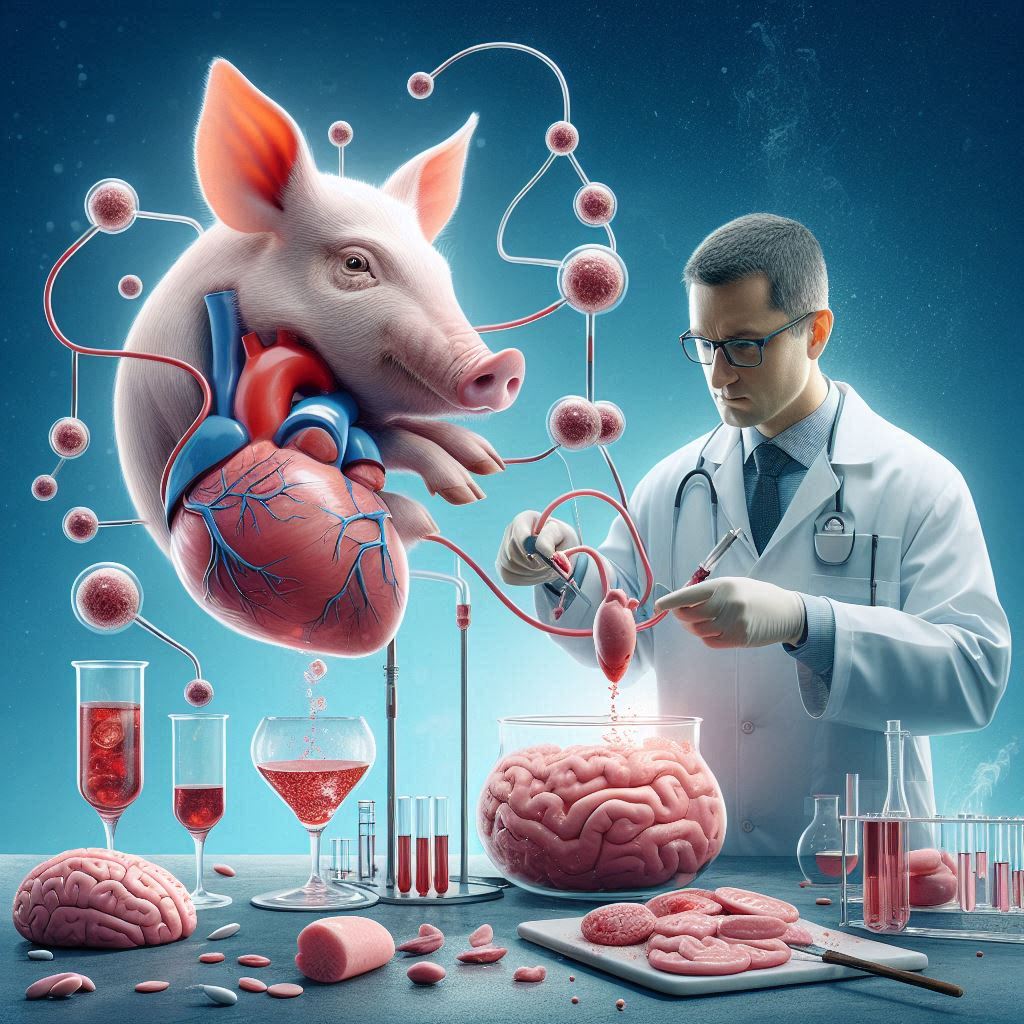
Leveraging Pig Organs in Xenotransplantation to Advance Medical Science and Treat Patients
The recent passing of Richard Slayman, the first human recipient of a modified pig kidney transplant, has brought xenotransplantation into the spotlight. This groundbreaking medical procedure, involving the use of animal organs to treat humans, holds promise but also raises important questions about its complexities and potential risks.
What is Xenotransplantation?
Xenotransplantation is a procedure where live cells, tissues, or organs from nonhuman animal sources are transplanted into humans. The aim is to address the critical shortage of human donor organs for transplantation. In the case of Richard Slayman, a modified pig kidney was used to try to extend and improve his life.
The need for such procedures is urgent, with thousands of people on transplant waiting lists and many dying before they can receive a suitable organ. Kidney transplants alone have a significant waiting list, with tens of thousands in the United States alone.
How Does Xenotransplantation Work?
The process involves genetic modification of animal organs, like pig kidneys, to make them more compatible with the human body. In Slayman’s case, the pig kidney underwent 69 genomic edits using CRISPR-Cas9 technology. This aimed to remove specific pig genes that could trigger immune reactions and add human genes for better compatibility.
Post-transplant, patients require immune-suppressing drugs to prevent rejection. Monitoring is crucial to detect any signs of rejection or other complications.
Why Pigs for Xenotransplantation?
Pigs are often chosen for xenotransplantation due to their physiological similarities to humans and their widespread breeding, making them cost-effective. Their organs, particularly heart valves, have been used in humans for decades. Pigs can be genetically modified to reduce the risk of immune rejection and cross-species infections.
However, challenges remain. The risk of infections from both known and unknown pathogens is a concern, as is the potential for retroviruses in pig organs to cause diseases years after transplantation.
Complications and Ongoing Research
Complications in xenotransplantation include immune rejection and the risk of infectious diseases. Research continues to address these challenges, with innovative approaches like embedding pig thymus glands into organs to regulate immune responses.
Richard Slayman’s case highlights the pioneering nature of xenotransplantation and the need for careful evaluation of its benefits and risks. While his family acknowledged the efforts of medical teams that gave them more time with him, his passing underscores the complexities and uncertainties that accompany such innovative medical interventions.
As we mourn Slayman’s passing and reflect on the advancements in medical science, we must continue to support responsible research to improve transplant outcomes and expand treatment options for those in need.
Xenotransplantation represents a frontier in medicine, offering hope for patients facing organ failure. However, as with any pioneering field, rigorous oversight, ongoing research, and transparent communication about risks and benefits are essential to ensure patient safety and progress in this promising area of healthcare.
